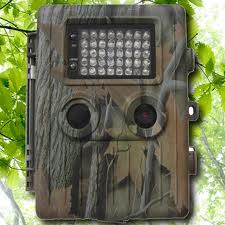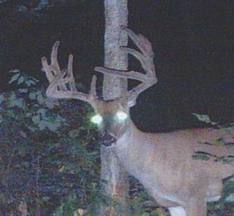Research is basically putting in time and effort and using current knowledge to uncover unknown knowledge. Everyone wants to know more about things and every field requires this type of intellectual progression. Some people make research their career, whether it is in an academic or professional setting, and some just like to learn new things for the sake of learning.
Take Creative Inquiry for example, Clemson has recently been pushing not only its professors into the labs and field work but on its students as well. Realizing the important benefits the unknown has to offer, not to mention excellent resume building, is what research is all about.
Classically research is “done” in the library or in a laboratory. The article “Use of Visual Research Methods to Measure Standards of Quality for Parks and Outdoor Recreation” in the Journal of Leisure Research discusses not only taking research outdoors, but removing the written word. Given the advances in today’s technological realm and the nature of parks and outdoor recreation, it is only natural for “visual research” to exist.
Visual research harnesses technologies such as computer aided design (CAD), geographic information systems (GIS), and virtual reality (VR) to document what is really going on outdoors. Advancements in cameras and satellites give us the power to view almost anything for an indefinite period of time.
One way to utilize visual research in this field is to monitor ecological processes, particularly degradation. Using one picture as a baseline (whether it is old or current) provides a starting point. And the changes that occur over time can be monitored by camera or video, from up close or from outer space. How things change, and the goals of the organization, will determine how the place is then managed.
 |
| Trail Camera |
Another way to incorporate visual data into a research project is by using cameras to monitor visitor use. I am currently involved in a research project studying visitor use at the Campus Beach (formerly the Y Beach). We used what are called trail cameras to monitor certain areas over a two week period to see which areas got used the most and for what purpose. From this information we can analyze the visitor demographic and their usage styles.
Visual research information can fill in the blanks that classical research cannot reach. By using technology to our advantage and utilizing every research medium, the bar can be set higher and the envelope of knowledge can be stretched one step further.


Its amazing what we are doing with current technology. I have recently put up trail cameras all around my property to monitor deer. With this information I can estimate feeding times and populations. It helps when hunting because I know when the deer are walking and at a particular place.
ReplyDeleteThat's awesome. I know that pattern recognition in these things is really intense to program. And I think most of us engineers are visual learners; might as well have visual research.
ReplyDelete